A regional initiative that assists governments in identifying funding gaps and prioritizing reforms is helping El Salvador, Honduras and Panama better meet their national goals for water and sanitation.
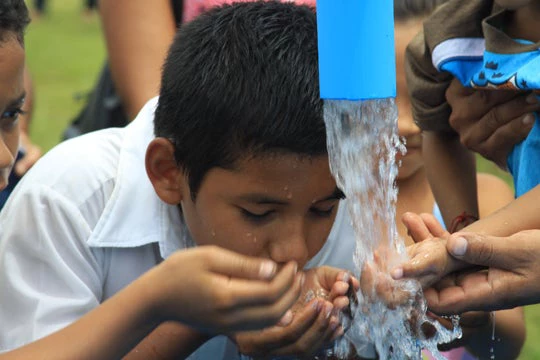
El Salvador, Honduras, and Panama were the sites of the first reports developed by the Monitoring Country Progress in Drinking Water and Sanitation (MAPAS), a regional initiative designed to identify major bottlenecks in water and sanitation service delivery and to prioritize the reforms required to efficiently convert funding into quality, sustainable services for the poor. The program is led by the Central American and Dominican Republic Forum for Water and Sanitation (FOCARD-APS) and supported by the World Bank’s Water and Sanitation Program (WSP).
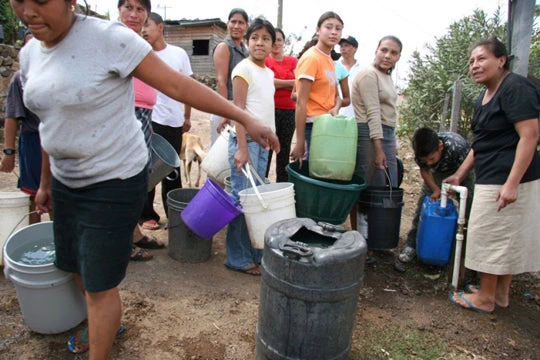
Developed in close coordination with regional governments, the reports revealed serious gaps between planned investments for water and sanitation services and the investment required annually to expand coverage of quality services to the population in El Salvador (US$255 million), Honduras (US$350million), and Panama (US$259 million). Photo: Neighbors from Villa Franca, Honduras wait in line for water.
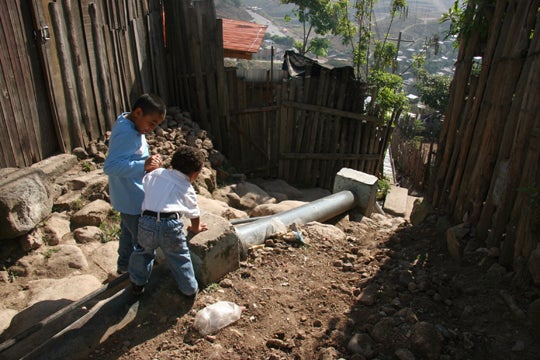
The MAPAS reports are helping governments better determine whether aging infrastructure should be repaired or replaced. In Honduras, the reports showed the need to strengthen local, post-construction support mechanisms to improve the sustainability of rural services. Here, two boys play near an exposed water pipe in Villa Franca, Honduras.
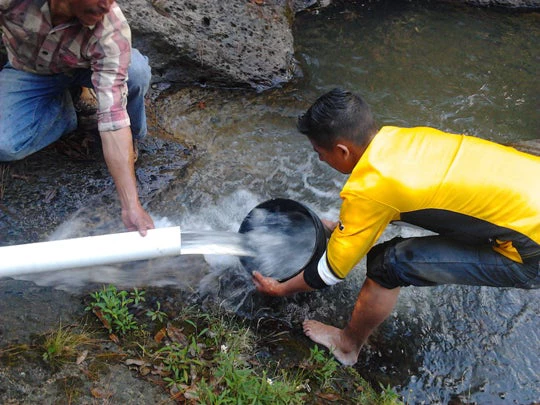
Beyond investments and infrastructure, the reports also examined current policies, sector performance, information sharing, and service delivery. In Honduras, service delivery remains a challenge, as the limited quality and performance of existing services compromises sustainability of current and future service. Photo: Rincon de Dolores, San Matias, Honduras.
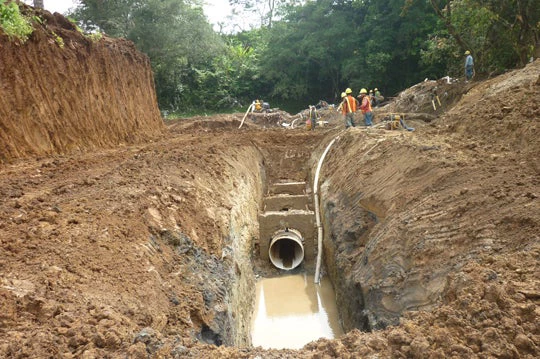
While Panama has reached important milestones in water and sanitation access, many rural and periurban areas remain largely underserved, according to the reports. Here, workers install a new sewage system in the Cerro Ñeque community in Panama.
To identify the major barriers impacting service delivery, the MAPAS reports rate various aspects of the sector using a “Water and Sanitation Scorecard,” as seen above. Based on a scale of 0 to 3, the Scorecard evaluates the service delivery pathway through which the country transforms funding into sustainable services for water and sanitation in four areas: rural water, urban water, rural sanitation and hygiene, and urban sanitation and hygiene. The rankings focus on three pillars: the effectiveness of the institutional framework, the concrete results obtained through the process of developing plans and sector activities, and the sustainability of the services provided.
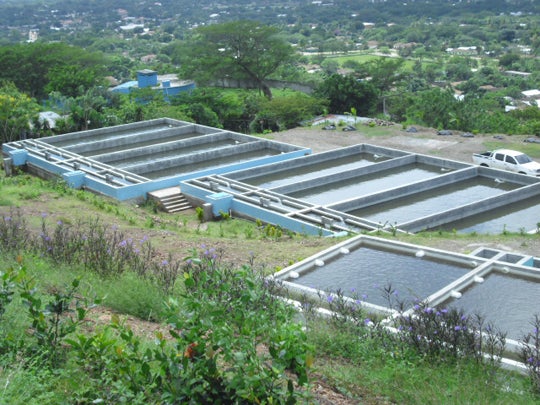
Following the elections in Honduras last year, the new government was able to use the MAPAS report’s recommendations to help restructure its water and sanitation sector policies and better prioritize necessary reforms. As a result of the MAPAS process, officials now are using equity criteria to direct investments toward populations that do not have access to drinking water and improved sanitation. Here, a water purification system filters drinking water in Jesus de Otoro community in Intibuca, Honduras.
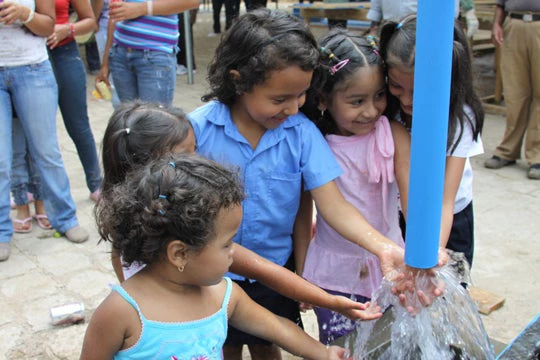
While MAPAS initially focused on the water and sanitation sectors of El Salvador, Honduras, and Panama, the initiative is currently expanding to five additional countries in the region. “Through our research, we’ve found that governments are facing similar challenges in meeting their water and sanitation goals,” said Antonio Rodriguez, water and sanitation specialist for the World Bank’s Water and Sanitation Program. “We look forward to expanding the program and helping additional governments make the necessary reforms to improve services and to deliver safe drinking water and improved sanitation to those living without it.”
Additional links:
Brief: Monitoring Country Progress in Water and Sanitation
Feature Story: New Findings Identify US$864 Million Annual Investment Gap and Spur Water and Sanitation Sector Reforms in El Salvador, Honduras, and Panama
Report: MAPAS El Salvador
Report: MAPAS Honduras
Report: MAPAS Panama

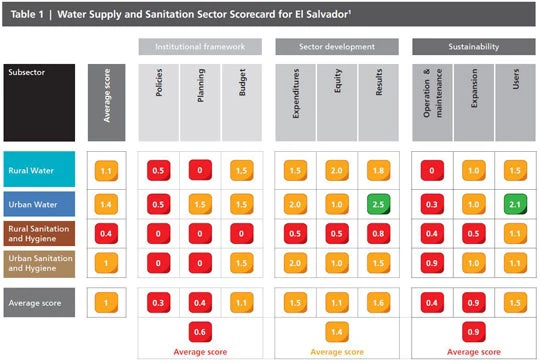
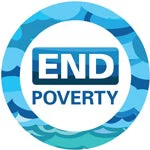
Join the Conversation